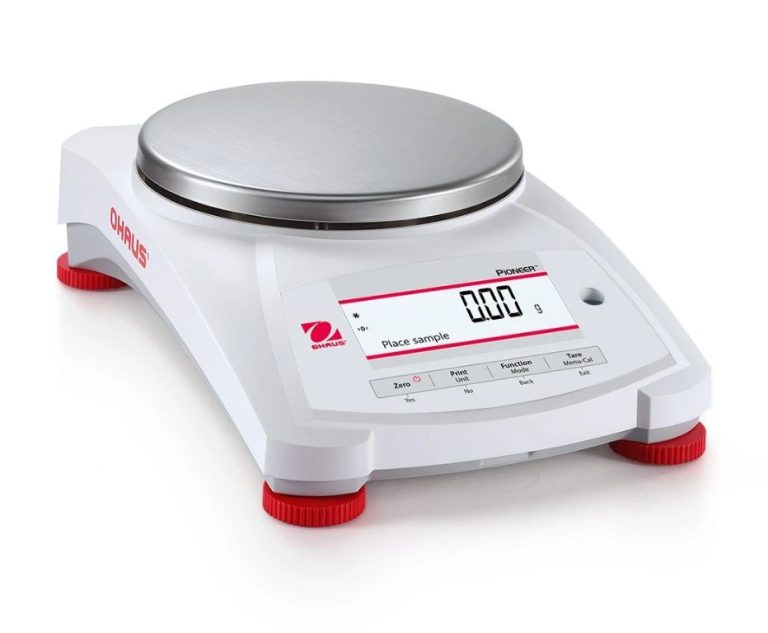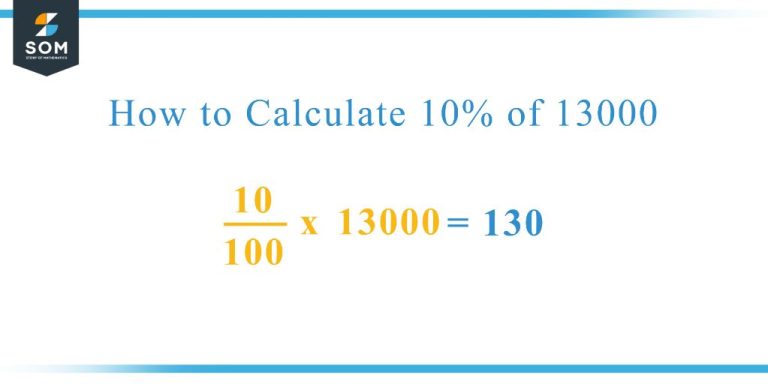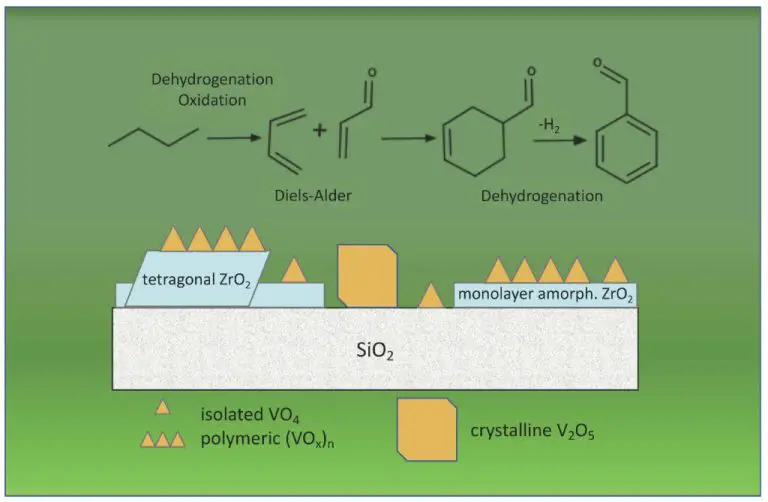Do Foam Soap Dispensers Need Special Soap?
Foam soap dispensers have become increasingly popular in recent years. According to Verified Market Research, the global foam soap dispenser market size was valued at USD 1.40 billion in 2022 and is expected to grow at a compound annual growth rate of 8.3% from 2023 to 2030. The convenience and perceived luxury of foam soap have made these dispensers a staple in many public restrooms, businesses, schools, and homes.
Foam soap first came onto the scene in 1980 when the GOJO company introduced their PURELL Instant Hand Sanitizer. The unique foam format helped set their product apart. Since then, foam soap dispensers and soaps have only continued to grow in popularity.
But do foam soap dispensers require special soap? Or can you use any old liquid hand soap? In this article, we’ll take a closer look at how foam soap dispensers work, the pros and cons of foam soap, and tips on selecting the right soap for a foam dispenser.
How Foam Soap Dispensers Work
Foam soap dispensers work by aerating liquid soap to create a foamy lather. Inside the dispenser is an aerator mechanism that injects air into the soap as it passes through, resulting in foam instead of liquid soap.
The main components of a foam soap dispenser are:
- Soap reservoir – Holds the liquid soap supply
- Pump – Sucks soap up from the reservoir when activated
- Aerator – Injects air into the soap stream to create foam
- Nozzle – Dispenses the foamed soap
When the pump is pressed, it draws soap from the reservoir up through a tube. The soap then passes through the aerator, which uses a mesh screen and air holes to whip air bubbles into the soap. This instantly transforms the liquid soap into a foamy lather.
The aerated foam soap then travels through the nozzle and out of the dispenser. The foam consistency provides an enjoyable hand washing experience and helps the soap lather and spread easily across the hands.
Some foam dispensers rely on battery-powered electric pumps for dispensing instead of manual pumps. But the aerating mechanism remains the same to inject air and create foam from liquid soap.
Do You Need Special Soap for Foam Dispensers?
Regular liquid hand soap is often too thick to properly dispense as a foam from foam soap dispensers. The viscosity of regular liquid soap prevents it from being able to expand into a foam through the pump mechanism in foam dispensers.
Specialty foam soaps are formulated to have a thinner viscosity that allows them to easily turn into a rich lather when dispensed. They contain ingredients like surfactants and polymers that help generate and stabilize the foam.
You can thin out regular liquid hand soap by diluting it with water, but it can be tricky to get the ratio right. A good starting point is a 1:1 dilution with water. However, the results can be unpredictable and lead to soap that is too watery or still too thick to foam well. This takes trial and error to perfect the dilution.
Another option is to purchase a concentrated hand soap base designed for foaming. These professional grade bases are already optimized for foaming and just need to be diluted with water. DIY soap makers commonly use these bases to create custom foam soap recipes.
Overall, specialty foam hand soap or soap base tends to give the most reliable results compared to diluting regular liquid soap. But if you want to use what you already have on hand, adding water can work in many cases (Source: https://gardentherapy.ca/foaming-hand-soap-recipe/).
Benefits of Using Foam Soap
Foam soap offers several advantages over regular liquid hand soap. One of the biggest benefits is that foam soap tends to be gentler on skin. The foaming action means the soap contains extra air, creating a lighter lather that doesn’t strip away as many natural oils from the skin (https://news.ophardt.com/en/the-benefits-of-soap-foam). This makes foam soap an excellent choice for those with dry, sensitive skin that is prone to irritation from harsher liquid soaps.
Additionally, the rich lather produced by foam soaps provides an extra luxurious hand washing experience. Foam soap dispensers add air into the soap formula to create a fluffier, creamier lather. Many people enjoy foam soap simply for the thick, indulgent feel it provides during handwashing. This opulent lather makes hands feel clean and pampered.
Foam soap also helps conserve soap over time. The foam dispenser mixes air into the soap, which creates a larger volume of suds while using less actual soap per pump. This means the soap lasts longer, since less product is required to wash hands effectively (https://www.cleanlink.com/cleanlinkminute/details/The-benefits-of-foam-soap–21799). Facility managers and business owners often choose foam soap dispensers to help reduce long-term soap costs.
Downsides of Foam Soap
While foam soap has its benefits, it also has some downsides to consider.
One potential downside is that foam soap may not remove germs as effectively as liquid soap. According to research from NCBI, liquid soap eliminated bacteria more effectively from hands compared to foam soap. The reason is that foam soap contains air bubbles, which can reduce contact between hands and the soap itself. With liquid soap, hands are fully immersed, allowing better cleaning action.
Another downside of foam soap dispensers is that they require more maintenance. The foam pump itself needs to be regularly cleaned to prevent clogging from soap buildup. If not properly maintained, foam dispensers can begin to malfunction and leak soap.
Some people also dislike the feeling of foam soap, as it can feel slimy or leave a film on hands. The texture bothers some users who prefer the cleaner rinse of liquid hand soap.
Foam soap may also be seen as wasteful if pumps dispense more soap than needed. This excess use can drive up costs compared to liquid soap.
Overall, the biggest downside is likely the reduced germ removal of foam vs. liquid. For critical handwashing areas like hospitals, liquid soap remains the gold standard. But for general hand cleaning, foam is sufficient for most users.
Maintenance Tips for Foam Dispensers
Proper maintenance is important for keeping foam soap dispensers working properly and extending their lifespan. Here are some tips for cleaning and maintaining foam dispensers:
Rinse the dispenser with warm water frequently. This helps prevent buildup of soap scum and clogs. It’s recommended to rinse at least once a week or more if the dispenser is used heavily.
Occasionally fill the dispenser with warm water and a small amount of vinegar. Let it soak for a few minutes, then pump the dispenser a few times to circulate the vinegar. This helps dissolve soap scum and hard water deposits. Rinse thoroughly afterwards.
Take apart the dispenser to deep clean the internal parts a few times a year. Remove any gaskets or washers and clean them separately. Use a small brush to scrub the nozzle and tube to remove buildup.
Avoid harsh abrasive cleaners or scrubbers on the dispenser housing, as this can lead to scratching. Use a soft cloth to wipe down the external surfaces.
Check and replace batteries regularly if the dispenser has an electronic sensor. Low batteries can affect performance.
Lubricate any movable parts, like pump mechanisms, with silicone grease to prevent sticking.
Follow any additional maintenance tips provided in the manufacturer’s instructions.
With proper care and cleaning, foam soap dispensers can provide years of reliable sudsy service.
Top Foam Soap Brands
When it comes to foam soap refills, there are a few top brands that are known for their quality and ease of use with foam dispensers:
Method Foaming Hand Soap
Method’s foam soaps come in a variety of delightful scents like coconut water, sea mineral, and pink grapefruit. Their foam formula is thick and luxurious. Method refills are designed to easily clip into their dispensers.
Mrs. Meyer’s Foaming Hand Soap
Mrs. Meyer’s makes classic foam soap scents like lavender, lemon verbena, and basil. Their foam soaps are paraben free and cruelty free. The refills are compatible with their foam dispensers.
Softsoap Foaming Hand Soap
Softsoap is an affordable drugstore brand that makes quality foam soaps in scents like coconut and warm vanilla. Their foam refills are designed to work with Softsoap dispensers.
DIY Foam Soap Recipes
Making your own foam hand soap at home is easy, affordable, and customizable. Here are a couple DIY foam soap recipes to try:
Foaming Tea Tree Oil Soap
- 1/2 cup liquid Castile soap
- 1/2 cup water
- 15 drops tea tree essential oil
- Foaming soap dispenser
Instructions: Mix together the Castile soap, water and tea tree oil in a bowl. Transfer to a foam soap dispenser. Shake gently before each use. The tea tree oil provides extra germ-fighting and cleansing properties.
Lavender Foaming Hand Soap
- 2/3 cup liquid Castile soap
- 1/3 cup water
- 20 drops lavender essential oil
- Foaming soap dispenser
Instructions: Combine Castile soap, water and lavender essential oil in a bowl and whisk to blend. Pour mixture into foam soap dispenser. The lavender provides a fresh, calming scent and aromatic properties. Shake dispenser before using.
For more DIY foam soap recipes, visit: https://www.wethreeshanes.com/diy-antibacterial-foaming-soap-for-hands-and-face/
When to Use Foam vs Liquid Soap
There are some differences in when you may prefer to use foam soap over liquid soap or vice versa:
Foam soap can be better for public restrooms or other high-traffic areas. The foam tends to spread more easily over hands and the dispenser mechanism helps reduce cross-contamination. According to research from WSU Extension (1), foam soaps also encourage people to use a larger volume of soap compared to liquid soap.
Liquid hand soap may be preferred for hand washing at home. The ingredients tend to be gentler, there is more flexibility in scents and additives like moisturizers, and users can control the amount of soap dispensed. Liquid soap and water also rinses away more easily.
Foam soap requires less water usage per hand wash. The foam spreads easily and does not rinse away as quickly. This makes it a good option for areas with limited water supply.
For hand hygiene when handling food or in medical/dental settings, liquid soap is generally recommended. The vigorous rubbing action to create foam can spread more germs. Plain liquid soap and water is very effective for removing bacteria.
Some people simply prefer the feeling of foam soap lathering up on their hands. Foam soaps also come in a wide variety of scents and formulas nowadays. However, liquid soaps can also contain diverse ingredients and sensory additives.
Ultimately, the choice between foam and liquid soap comes down to the specific situation and personal preference. Both can effectively clean hands as long as proper hand washing technique is used.
Conclusion
To recap the key points about foam soap dispensers:
- Foam soap dispensers work by mixing soap with air to create a foamy lather.
- You do not need to use a special soap formulated for foam dispensers. Regular liquid hand soap or even homemade soap can be used.
- Benefits of foam soap include its perceived hygiene and luxury. It also typically uses less soap per hand wash.
- Downsides are the dispensers can clog more easily and foam soap may dry out hands more than regular soap.
- To prevent clogs, dilute thicker soap and clean the dispenser nozzle regularly.
- Popular options include Softsoap, Mrs. Meyer’s, Method, and Sapadilla foaming soaps.
- Foam soap can also be made at home using a foaming soap dispenser and basic ingredients like Castile soap.
- Foam soap is ideal for guest bathrooms and kitchens while liquid soap may be preferred for heavy bathroom use.
Overall, foam soap dispensers give you the option to upgrade from regular liquid soap with minimal hassle. They allow flexibility in soap choice while providing a lush, foamy lather. With proper maintenance, foam soap dispensers can be an affordable way to add a touch of luxury to your hand washing routine.





